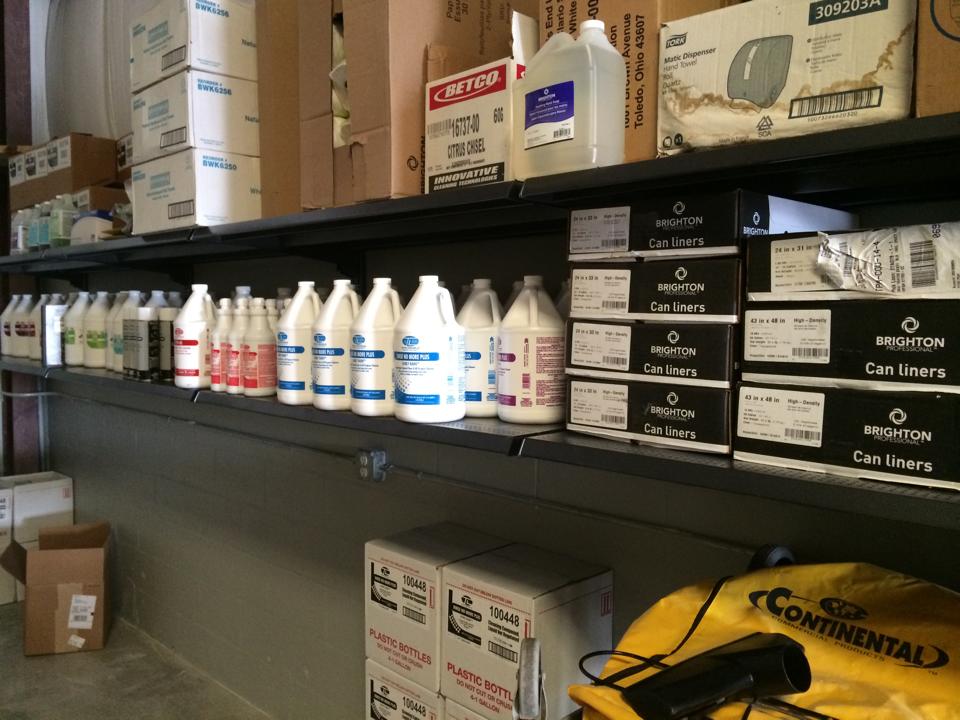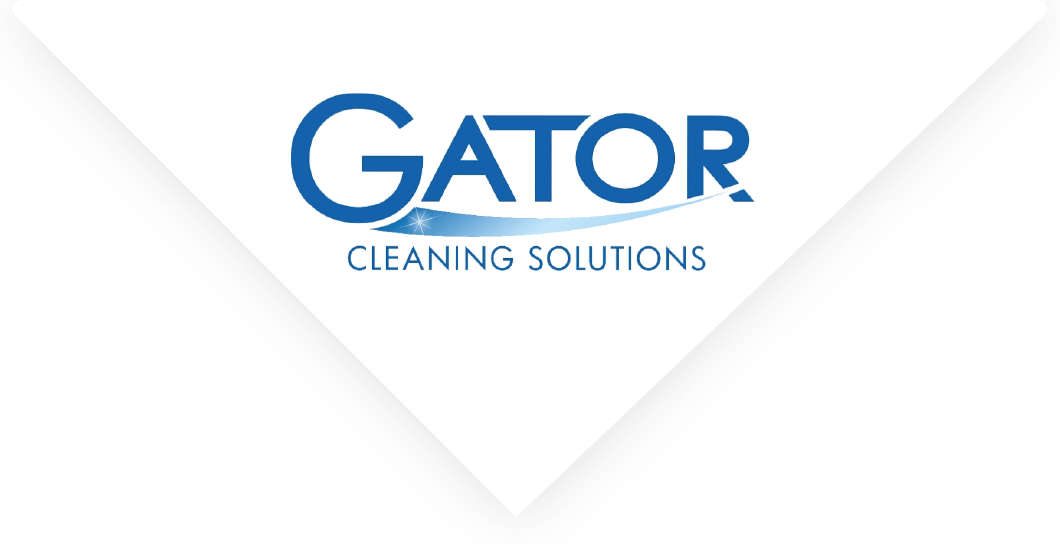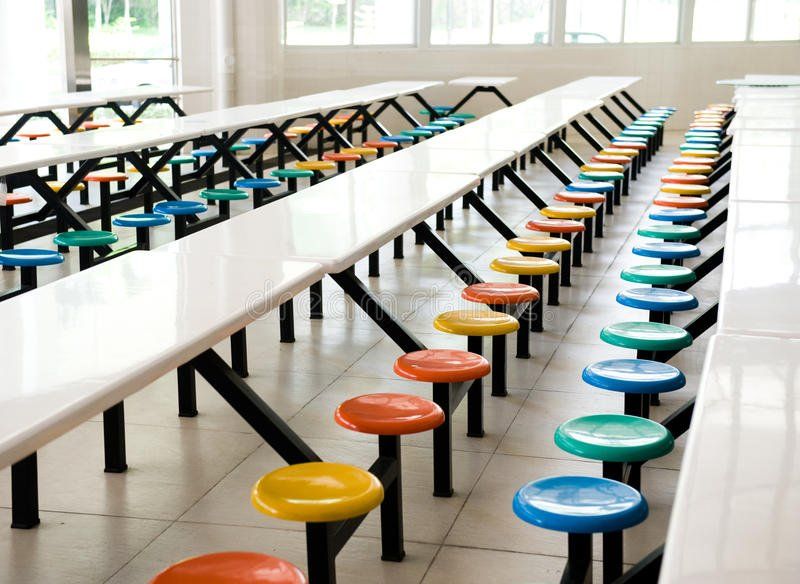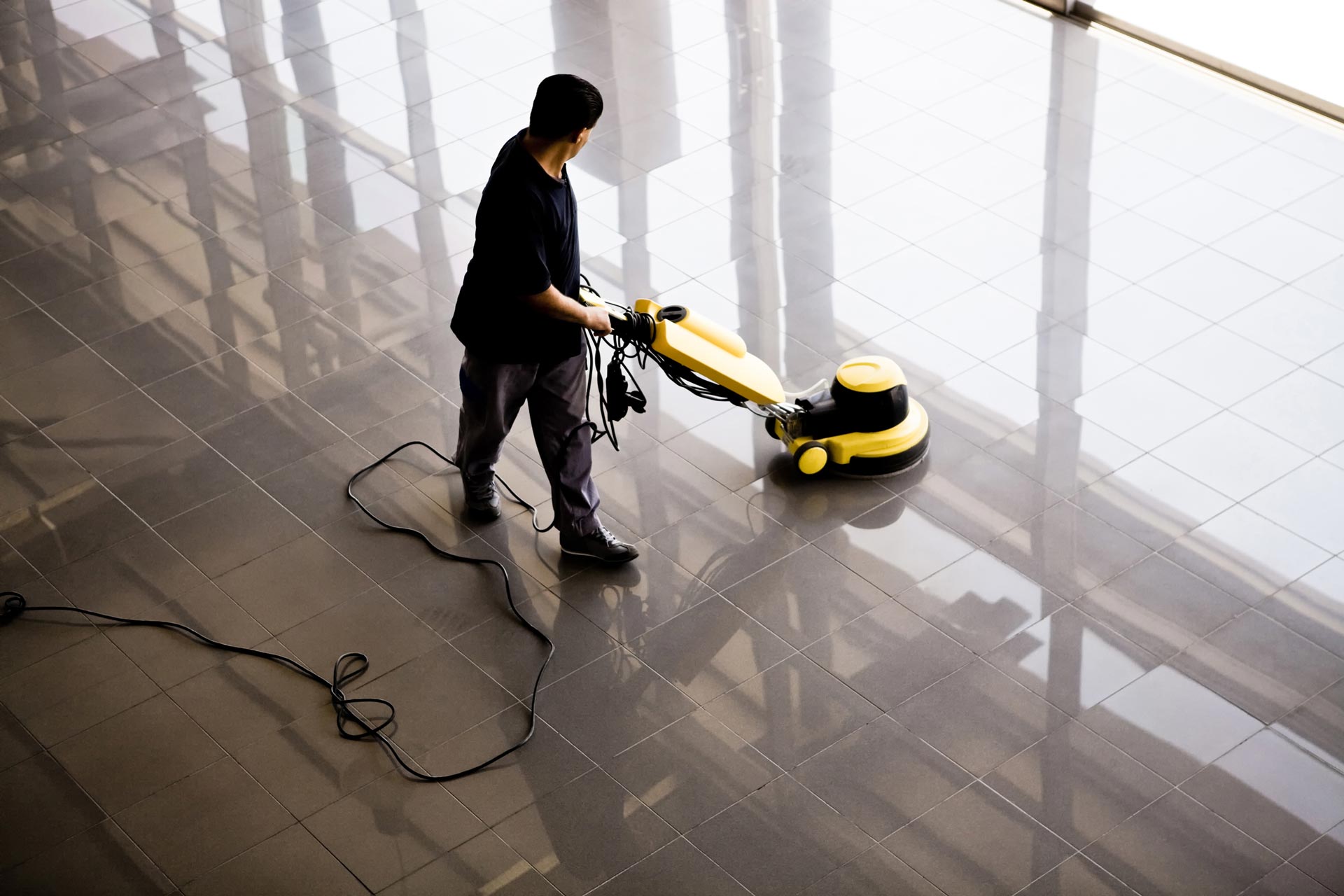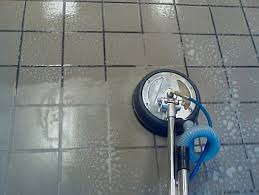Washing Woes: What to Do if Your Washing Machine Floods
 Washing machines are a wonderful invention. They make lives so much easier in the home, allowing people to simply pop their washing in, then leave it to get on with the job.
Washing machines are a wonderful invention. They make lives so much easier in the home, allowing people to simply pop their washing in, then leave it to get on with the job.
However, when they break, these ingenious machines can abruptly turn into your biggest nightmare. These machines are designed to be filled with large amounts of water whilst in operation, and as a result, when they break, you’ll inevitably get huge amounts of water all over the utility room or kitchen floor.
Washing Machine Malfunction: What’s the Real Problem?
It’s bad enough that your machine has broken down and that you may be faced with the prospect of having to buy a new one. However, that’s not where the problem ends. Significant amounts of water in the home can cause real issues. Here’s just a few reasons why.
- Floorboard damage. Regrettably, if water gets into and under your floorboards, it can wreak havoc. Wood doesn’t respond well to damp conditions. In the best case scenario, this can cause warping and expansion. In the worst case scenario, it can lead to your floorboards becoming weak.
- The other significant problem caused by washing machine malfunction is mold. If the area is not entirely dried out after the flood, then water can become trapped under units and behind other appliances. This provides the perfect breeding ground for mold to develop, especially in the warm Florida climate.
After the Flood: What to Do After Your Washing Machine Floods
- Turn the machine off. Before you do anything else, switch off the power to the machine. Don’t try to fix it first; your priority is to address the water problem in the room, before it does any major damage!
- Dry out the area as swiftly as possible. Mop up the water as best as you can. It’s important to act as fast as possible, particularly if you have hardwood floors, which will become warped if exposed to sitting water for too long. If the flood is in a carpeted area, it’s likely that you’ll need professional help in order to dry it out effectively.
- Pay attention to concealed areas. When it comes to mold, the areas that are most vulnerable are those where ventilation is poor, and moisture easily trapped. Move all other appliances out and dry the area behind them as thoroughly as you possibly can.
- Buy a dehumidifier and keep the area well ventilated. For extra peace of mind, use a dehumidifier in your utility room or kitchen to help keep excess moisture at a minimum. Keep all doors open for a few days after the flood, as this additional flow of air will also help dry things out.
Added Peace of Mind: Call the Flood Restoration Experts in Tampa Bay
Regrettably, it’s incredibly difficult to dry out everything after your washing machine floods. Even if you think you’ve managed to get rid of all the water, it’s likely that it will have seeped into areas that you cannot reach; which can result in the development of mold.
To make sure that your home stays mold free and undamaged by flooding, get in touch with Gator Cleaning Solutions today. We’ve got state-of-the-art equipment, custom-designed to rid your house of excess water and moisture fast. We’ve also got the necessary products to treat any mold that may have started to form. You can talk to us on 813-929-1122.
The post Washing Woes: What to Do if Your Washing Machine Floods appeared first on Gator Cleaning Solutions.


